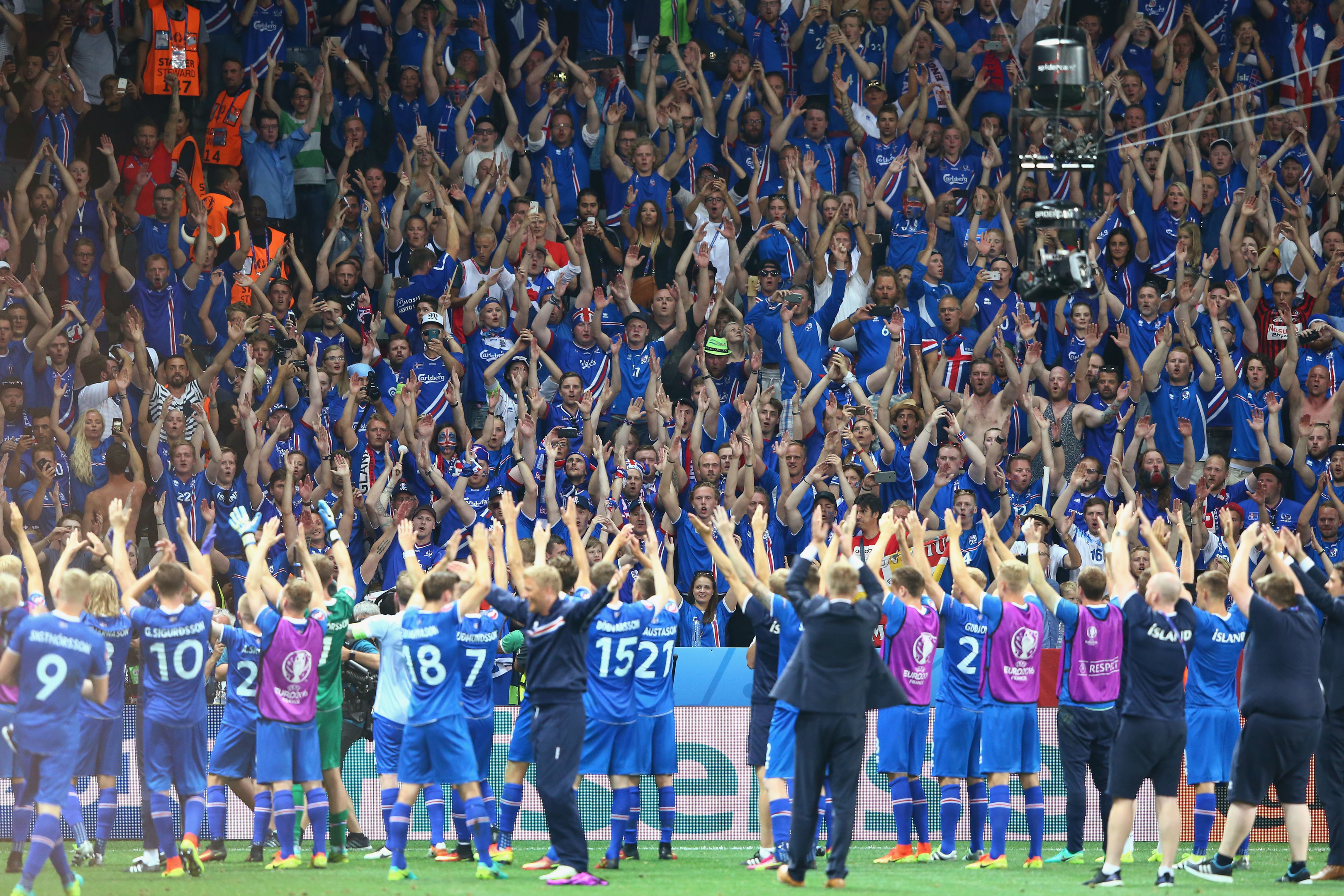
SIGGI JONSSON believes Scotland has the passion to emulate Iceland’s stunning rise to international prominence.
But without proper investment, proper facilities and a proper plan, the ex-Arsenal and Dundee United star fears our national team could sink without a trace.
Back in 2000, Jonsson helped spark the revolution that has turned Iceland from no-hopers into the Euro 2016 surprise packet by opening the country’s first elite youth academy.
In partnership with Arnor Gudjohnsen (father of ex-Barcelona and Chelsea striker, Eidur) and former Bolton Wanderers man Gudni Bergsson, he built the conveyor belt that has churned out Euro stars like Gylfi Sigurdsson, Alfred Finnbogason and Ragnar Sigurdsson.
Jonsson, now head of youth development with top division Icelandic side IA Akranes, believes his country’s stellar showing in France is proof that the model he helped to build is working.
And his country’s set-up is one he would love to see the SFA replicate in Scotland, the place he felt happiest during 18 years as a player.
“In a perfect world, the Icelandic approach is one Scotland should try to take,” he says.
“The example has been set – invest in high-quality training facilities and high-quality coaching and results will follow.
“Scotland is a country I have a big soft spot for, and it could be a top footballing nation.
“Everyone there is so passionate about football and that is a huge bonus. That gives you a head start.
“But without so many facilities of the type we have in Iceland, and without the high number of qualified coaches, it will always be very difficult to meet your potential.
“To coach kids who are 10 years old in Iceland, a UEFA “B” Licence is required, and these coaches are working with kids every day in heated, indoor training areas.
“It is the best possible environment. That is what has allowed our national team to achieve what it has at the Euros.
“I have seen how other Scandinavian countries work and, of them all, I think Iceland is doing things best.
“Scotland – and other countries – should, for sure, try to learn from that.”
Jonsson’s affection for Scotland is unusual, given his career suffered at the hands of a Graeme Souness tackle in a 1985 World Cup qualifier in Reykjavik.
Unfortunately for success-starved Tartan Army foot soldiers, the rewards Iceland are currently reaping have not come cheap.
From the turn of the century until the financial crisis of 2008, the Icelandic football association, KSI, spent millions of pounds building top-drawer indoor training facilities around the country.
Today, there are 11 so-called “football houses” in Iceland, comprising seven full-size and four half-size pitches, while another four are in development.
With over 800 UEFA-qualified coaches making use of them, Icelandic youngsters have been given a leg-up that our kids can only dream about.
Jonsson accepts finances will be an issue for any country looking to follow Iceland’s lead.
But having seen the benefits of his country’s expenditure, he is a firm believer in speculating to accumulate.
“It has cost a lot of money to get here, but if you ask Icelanders, they will tell you it has been worth it,” he says.
“The facilities are essential because of the Icelandic climate, but high-quality coaching has been just as important. One doesn’t work without the other.
“The Icelandic FA deserve big credit for everything they have done – and for what the national team did in France – because without their vision we would not be here.
“It is easy to make plans and talk about things – but it is much harder to make them happen.
“The Icelandic FA made the plans, spent the money required, then kept working to make sure things moved in the right direction.
“This project has been in motion for 16 years, at least. We have had to be patient.
“For any country that wishes to do what we have done, it will take the same bravery and the same commitment – but it will be worth it.”
Yet, after all the years, all the expenditure and all the work, isn’t there a chance Iceland’s exploits in France will prove to be a flash in the pan?
Isn’t there a possibility that history will show Jonsson’s faith to have been misplaced?
“I am quite sure the national team will continue to improve,” he insists, steadfast and cool-headed.
“What the senior team have managed in France is happening down through all of our age groups.
“Our Under-21 team have talented players and so does our Under-19 team, and so on.
“Amongst the kids I work with in my home town of Akranes, I can see there are many who have real ability, right down to the youngest age groups.
“The plan is in place. We have seen it is working, and we will continue to work like this.
“Money we make at the higher level will continue to go into the grassroots. That is crucial to the project.
“After what happened in France, everyone in Iceland is interested in football and I believe there are better things to come.
“I hope Scotland can find itself in the same position soon.”
Don’t we all?
READ MORE
Euro 2016 Daily Digest: Surely Iceland can’t do it again?
Thousands of Scots have bought Iceland shirts following England’s Euro 2016 defeat

Enjoy the convenience of having The Sunday Post delivered as a digital ePaper straight to your smartphone, tablet or computer.
Subscribe for only £5.49 a month and enjoy all the benefits of the printed paper as a digital replica.
Subscribe